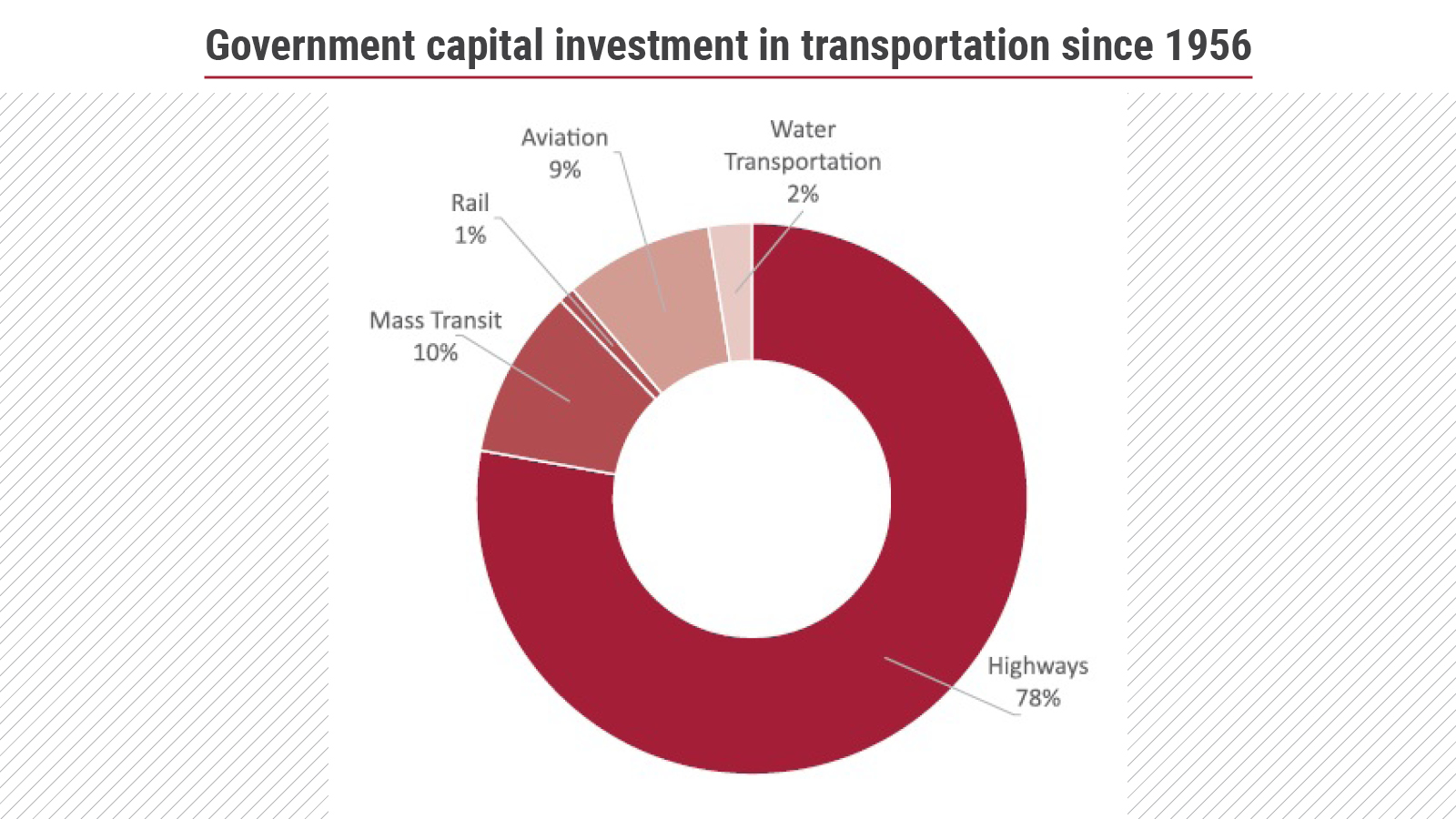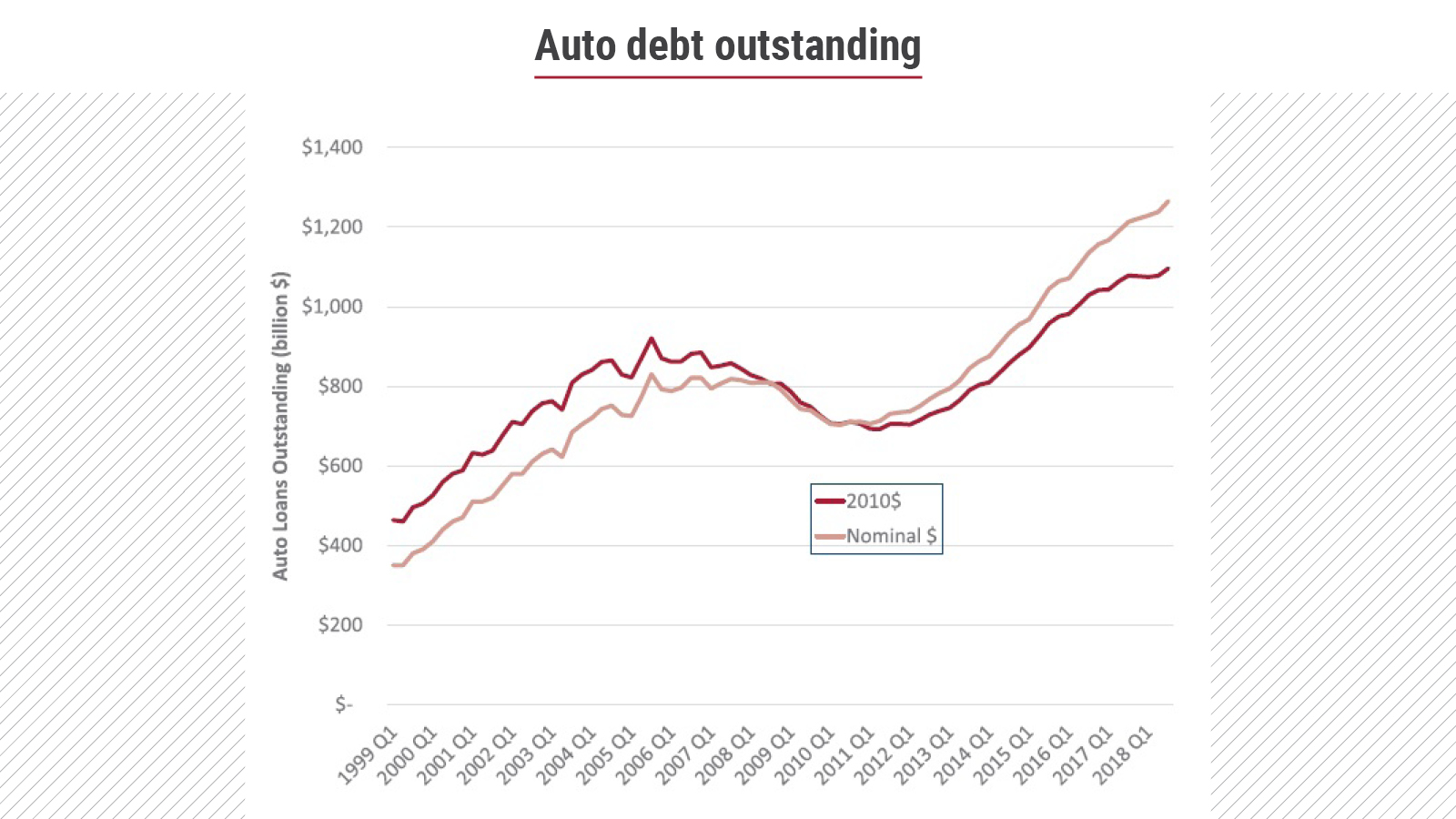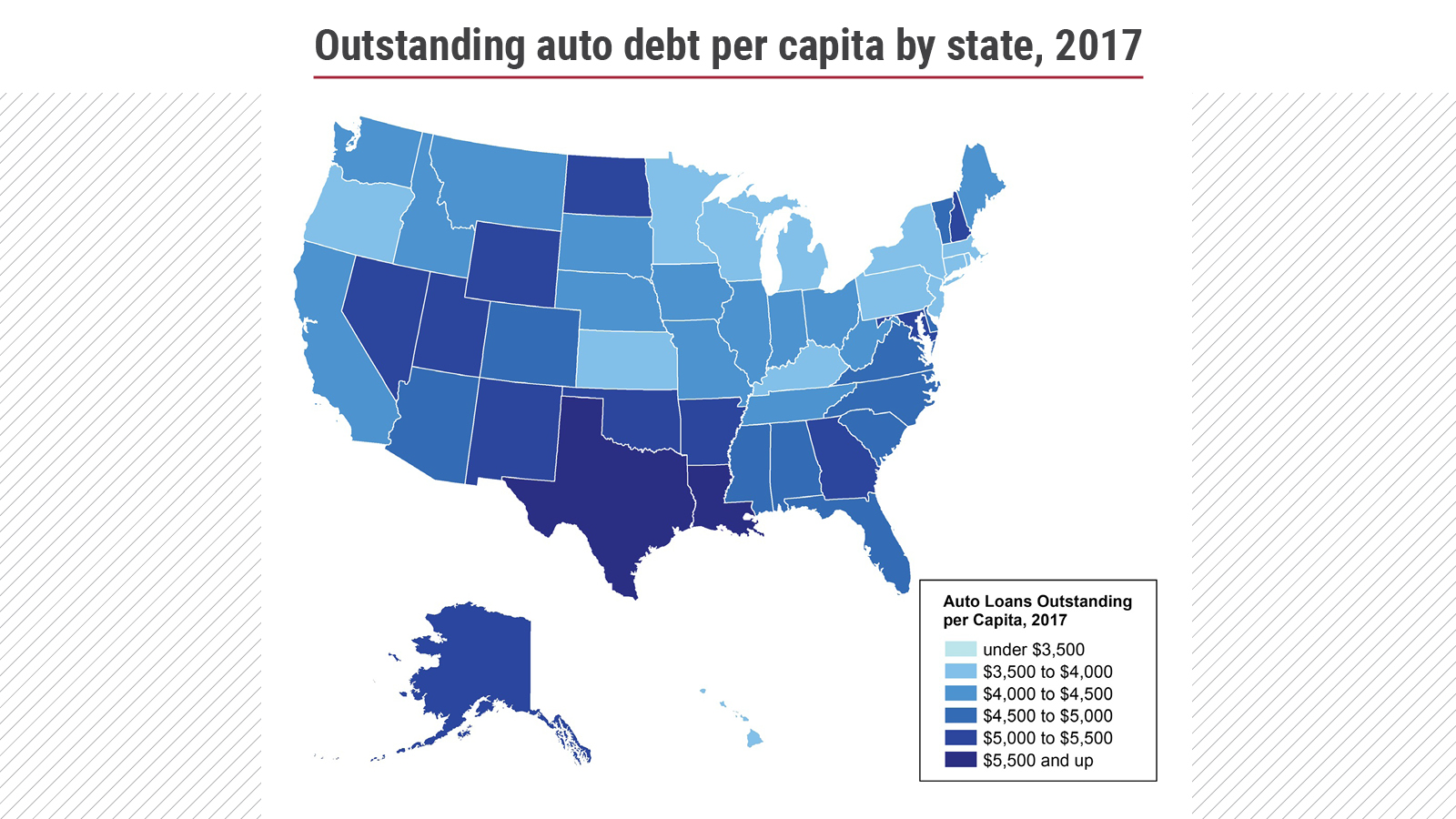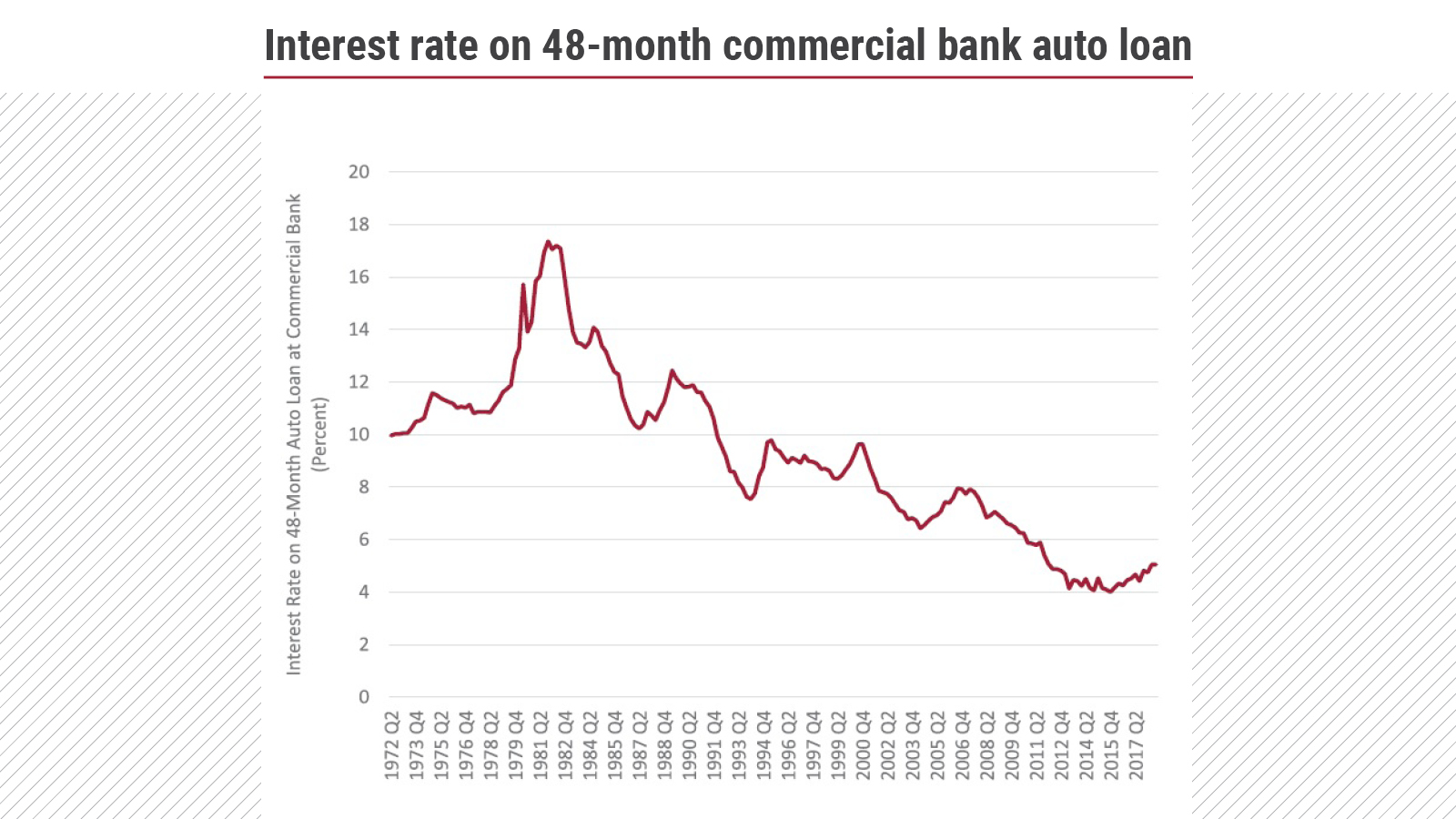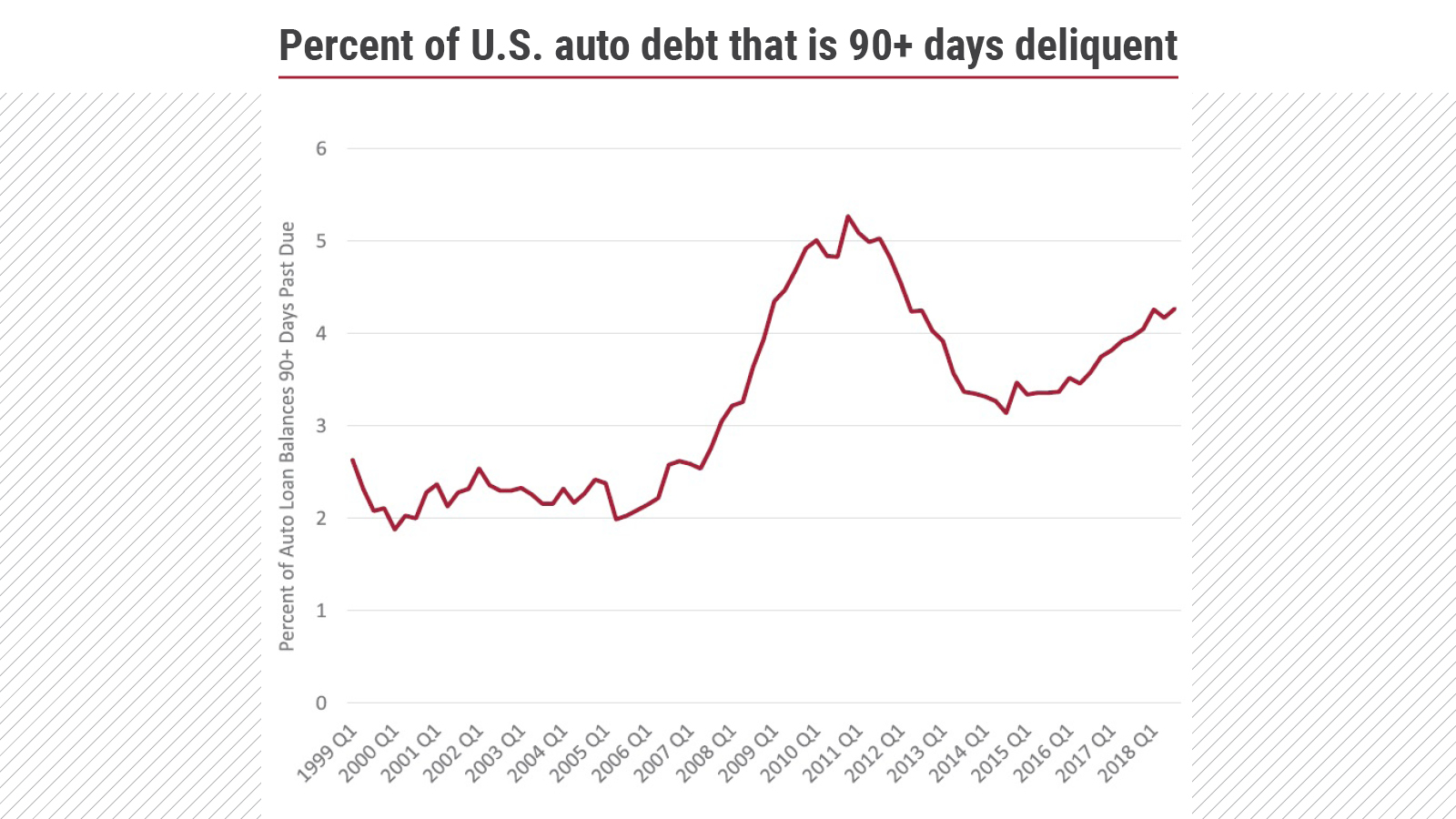
Driving into debt
The hidden costs of risky auto loans to consumers and our communities
In much of America, access to a car is all but required to hold a job or lead a full and vibrant life. Generations of car-centric transportation policies — including lavish spending on roads, sprawl-inducing land use policies and meager support for other modes of transportation — have left millions of Americans fully dependent on cars for daily living.
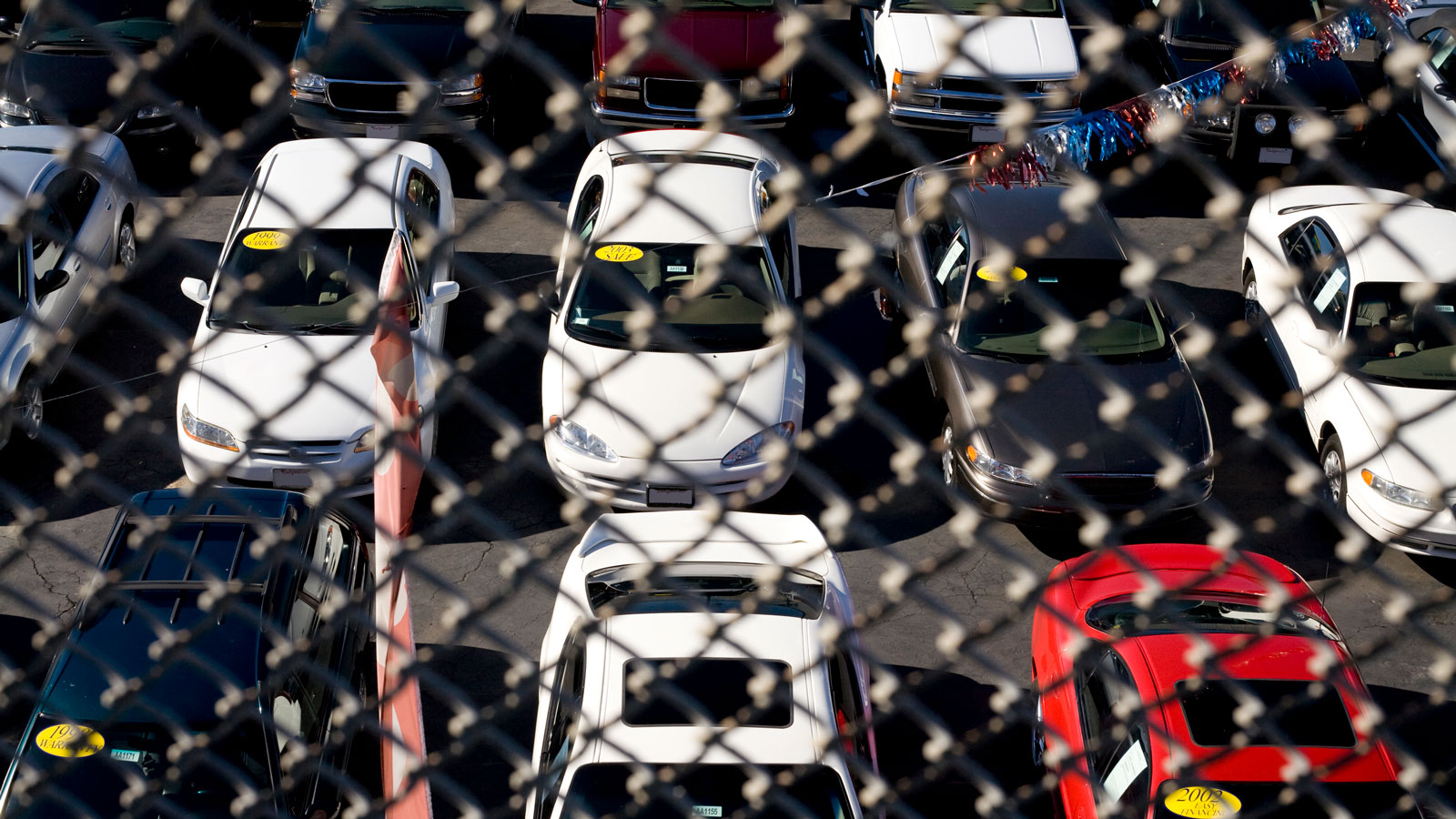
This report was published in February 2019. Facts provided here and in the report text are current only up to that publication date.
In much of America, access to a car is all but required to hold a job or lead a full and vibrant life. Generations of car-centric transportation policies — including lavish spending on roads, sprawl-inducing land use policies and meager support for other modes of transportation — have left millions of Americans fully dependent on cars for daily living.
Car ownership is costly and often requires households to take on debt. In the wake of the Great Recession, Americans rapidly took on debt for car purchases. Since 2009, the amount of money Americans owe on their cars has increased by 75 percent.1 A significant share of that debt has been incurred by borrowers with lower credit scores, who are particularly vulnerable to predatory loans with high interest rates and inflated costs.













Topics
Find Out More


Is Alexa always listening? How to protect your data from Amazon

Safe At Home in 2024?









